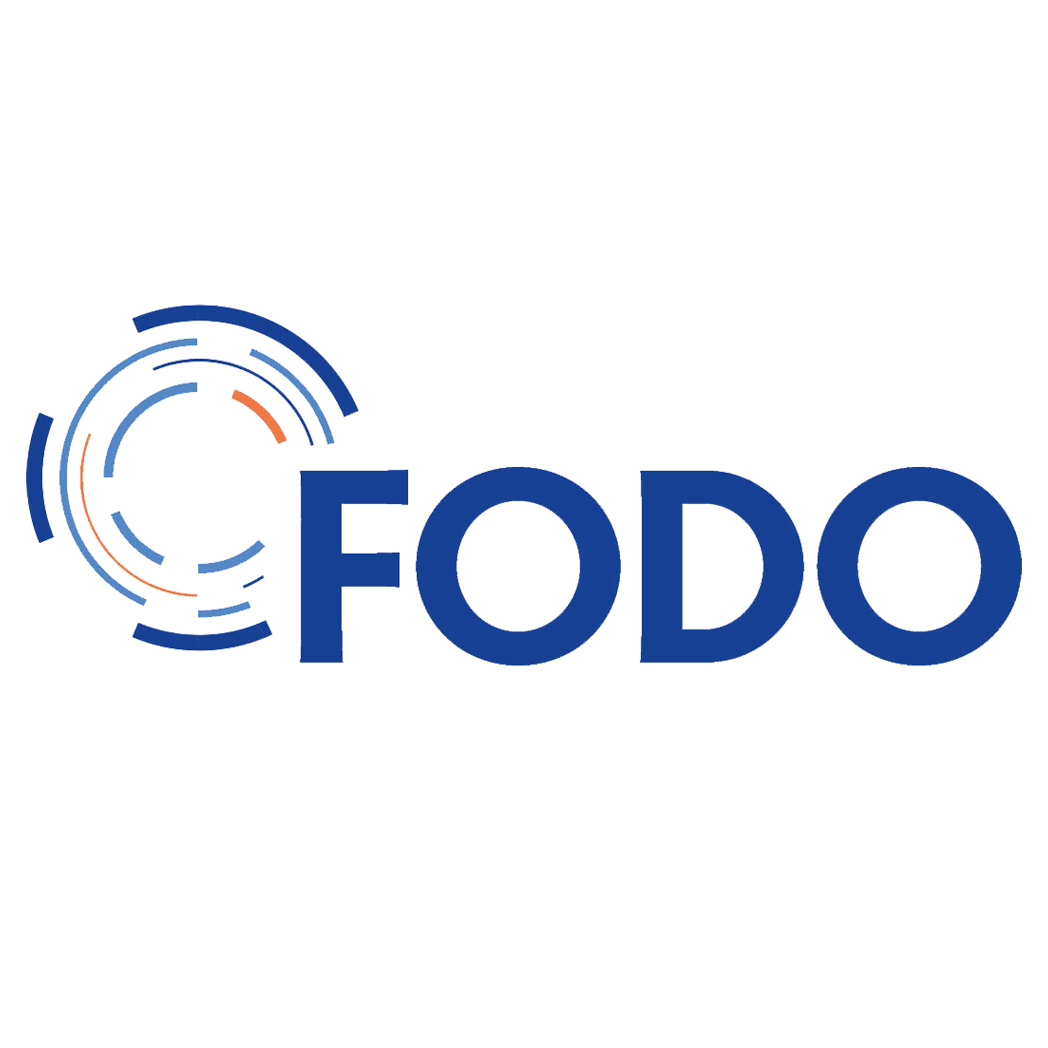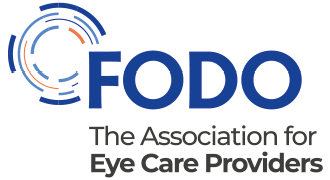08 November 2021
Optical sector press statement – Electronic Eye Care Referral System (EeRS)

The national optical bodies have today issued a set of Frequently Asked Questions (FAQs) on the Electronic eye care Referral Service programme (EeRS) and IT connectivity for the two-way transfer of patient and clinical data.
Optical practices have long championed the introduction of electronic referrals, discharge, care and data transfer between primary eye care, the hospital eye service and GPs. The new EeRS ‘proof of concept’ sites are a first step towards supporting patients being treated in the right place, by the right service, at the right time at all points along the eye care pathway.
The system will link primary eye care with the hospital ophthalmology and GP systems allowing unnecessary referrals to hospitals to be avoided and better us to be made of the skills, equipment and facilities in optical practices.
Max Halford and Dr Peter Hampson, joint Chairs of the optical sector’s Information and IT Committee said,
‘IT connectivity is the key enabler to better patient care, better use of the clinical skills and facilities in primary care to enable more patients to be seen and treated closer to home without the need for a hospital visit. EeRS is an important step on that journey, and we encourage everyone to participate in ‘proof of concept sites’ if they can. Please let us know of your experiences good and bad by emailing the Committee secretariat at Damian.Testa.fodo.com’.
Alan Tinger, from the Information and IT Committee secretariat, said
‘NHSX has worked with the national optical bodies to develop a common first stage application programming interface (API) solution to enable patient data to be securely pulled through from optical practices’ management systems (PMS) to the EeRS to save double keying.
Richard Whittington, LOCSU Chief Executive, said: “LOCs have an important role in connectivity projects such as EeRS and LOCSU has been supporting them to get the ‘proof of concept’ sites off the ground. These FAQs are a welcome addition to that support. “
Dr Paramdeep Bilkhu, Clinical Adviser, College of Optometrists said: “The College has long called for improved IT links between optical practices, secondary care and other primary care services and we will continue working with NHSE and partners in the sector to further support and expand EeRS and IT connectivity which will enable better sharing of patient information and greater collaborative working with other health professionals.”
The FAQs are located on the LOCSU website and will be regularly updated.
ENDS
Notes for editors
- The Information and IT Committee is a joint committee of the national optical representative bodies, providing an inclusive forum for anyone in the UK optical sector who has an interest in IT, information, uses of information, data ownership, data security, data standards and systems. It helps the national bodies and the sector in its collective parts formulate strategy and policy. It is currently chaired jointly by Max Halford (ABDO) and Peter Hampson (AOP) with FODO providing the secretariat.
- NHSX is a joint unit of NHS England and the Department of Health and Social Care set up in 2019 to support local NHS and care organisations digitise services – the ‘X’ stands for ‘user experience’. It has powers to negotiate national contracts, design technical architectures across health and social care and to set national policy to deliver change.
- API stands for Application Programming Interface. This software allows applications to ‘talk to each other’ and share information.
Media Contact: [email protected] 020 7298 5151

Stay up to date
Subscribe to
our newsletter
Get eye sector updates directly to your email inbox by signing up to our newsletter.
You can inform us at any time if you'd like us to stop sending you these communications.
Press enquiries
Media enquiries should be directed to [email protected] or call 020 7298 5151.
We are happy to put you in touch with our expert policy advisers who can comment on a variety of issues.

 Patients and public
Patients and public
 Policymakers
Policymakers
 Members
Members News and views
News and views
